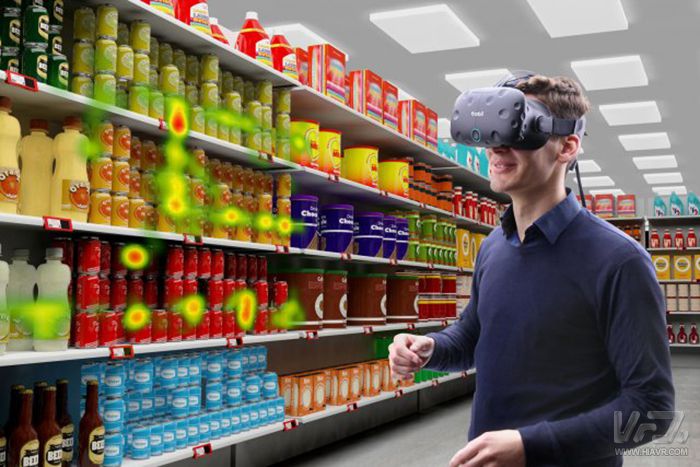
Eight years ago, before Alibaba introduced the "Double 11" shopping festival, retailers across China were already using SMS campaigns to drive sales. Today, at midnight on November 11, the shopping event kicks off with a massive surge in transactions—reaching over $1.5 billion in just minutes. TV screens are constantly updating with real-time data, while thousands of delivery trucks and motorcycles flood the streets, emitting more than 300,000 tons of carbon dioxide into the atmosphere.
Yet, in Alibaba’s VR shopping platform, Buy+, there's an unusual calm. The so-called "immersive retail experience" is still in its early stages. Users wear cheap cardboard VR glasses, place their phones inside, and hear the same faint sounds from their phone speakers. The virtual environment isn’t as engaging as it could be, and the selection of products is limited. Most users only spend a few minutes browsing the virtual mall, making the experience feel more like a novelty than a serious alternative to traditional shopping.
Despite this, "Double 11" remains a powerful innovator. It serves as a key indicator of how China's massive consumer market continues to evolve. The question remains: what will keep driving this growth in the future?

Take the AR game "Pokémon Go," for example. Players use their smartphones to explore the real world and unlock virtual items that require real money to purchase. This blend of physical and digital interaction shows the potential of VR/AR in everyday life. Companies like eBay, IKEA, LEGO, and Haagen-Dazs have already started experimenting with these technologies in their retail strategies.
According to Goldman Sachs, the value of VR technology in the retail sector is expected to reach $1.6 billion by 2025, with over 32 million users. However, the industry is still in its infancy, and no clear regulations or standards have been set for how VR/AR should be used in marketing or advertising.

As the materialistic frenzy of events like "Double 11" raises ethical concerns, new technologies such as VR and AR may soon become part of the retail landscape. Mike Evans, president of Alibaba Group, once said that VR/AR can elevate the relationship between brands and consumers, making traditional outreach methods like opening physical stores less necessary.
"VR/AR creates a stronger connection between brands and consumers," Evans explained. "This means that traditional methods of reaching customers, such as setting up local stores, may eventually become obsolete."

While gamification has already proven effective in boosting sales, as seen during "Double 11," the same cannot be said for VR/AR. Although some companies are exploring its potential, there are no clear guidelines or rules governing its use in marketing or advertising.
Nonny de la Peña, a pioneer in using VR for journalism, notes that simply wearing VR headsets doesn't automatically create a deeper connection. "It's not enough to put on a headset; you need to design experiences that truly engage people," she says. She is currently working with public television networks to develop best practices for using VR and AR in news reporting.
"This is a new medium, and we're still figuring out how it differs from other forms of media," she adds. "We hope that institutions or individuals will step in to define what works best and establish cultural norms around its use."
This article was originally written by VR Net. Please credit VR Net and provide a link back if you share it.
Stage Lights,Beam Lights,Stage Concert Lights,Moving Head Lights
Guangzhou Chengwen Photoelectric Technology co.,ltd , https://www.cwleddisplay.com